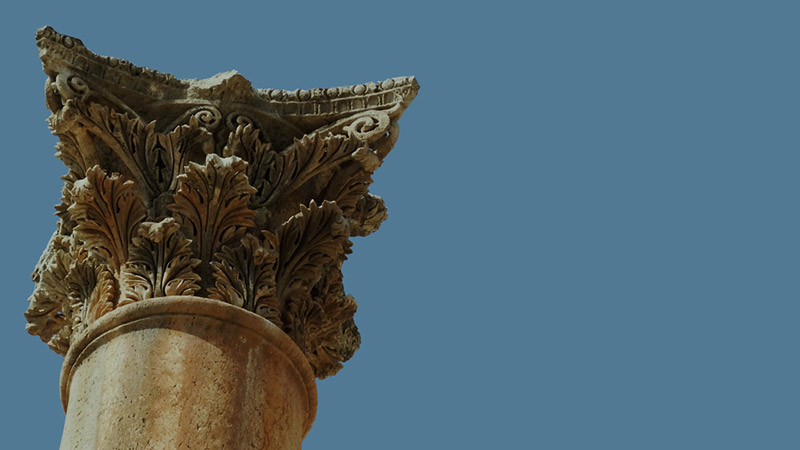More Results
Showing 12 of 264
Articles

The Salt of the Earth
The City of SardisLocated on Mount Tmolus in southern Turkey, the city of Sardis stood at the crossroads of Asia Minor, the most prosperous, powerful, fertile, and pagan province of the entire Roman Empire. First-century Sardis had a unique blend ...
MOREEncyclopedia

The Meaning of the Rock
Throughout church history, there has been discussion and debate on exactly what Jesus meant when he said, 'on this rock I will build my church' (Matt. 16:28). The cliff face in Caesarea Philippi that was used for centuries in idol worship provides...
MORE
The Mount of Olives
The Mount of Olives is 2,650 feet above sea level. The ridge is two miles long. Beyond the Mount of Olives is the Judea Wilderness. The Old Testament predicted that the Messiah would come from the east through the wilderness and would enter Jerusa...
MORE
The New City
This view is from the northwest looking southeast across the New City. Jerusalem expanded to the north in Jesus' time, to the area in the foreground called the New City. The wall in the center is the second wall, and the area inside it is the busi...
MORE
The Philistines
The Old Testament frequently mentions the Philistines, a pagan people who clashed with God's children in the Promised Land. The Bible itself provides many interesting facts about Philistine culture, and archaeological discoveries have added to our...
MORE
The Plain of Gennesaret
This aerial view looks north over the fertile plain of Gennesaret. The road follows the route of the biblical Way of the Sea (Matt. 4:12-17). The modern-day Kibbutz Ginnosar is not far from what was Gennesaret in Jesus' time.In the distance along ...
MORE
The Sea and the Abyss
The Sea of Galilee is beautiful, but its calm, peaceful setting does not present a complete picture of ancient people's feelings toward it: Many biblical images related to the sea had very negative connotations.Jews were not seafarers; they were d...
MORE
The Sea of Galilee
Rabbis of ancient times said, "The Lord has created seven seas, but the Sea of Galilee is his delight." Anyone who sees the Sea of Galilee understands this statement: The blue water, set against a green and brown background of surroundin...
MORE
The Seeds of Revolt
The Seeds of RevoltThe Seeds After the Romans began their occupation of Judea in 64 BC, the Jews became divided on how to respond.The religious leaders, particularly the Pharisees, believed the Messiah would come from the Jewish people and make Is...
MORE
The Shephelah
Shephelah is a Hebrew word meaning "low" and is usually translated "lowlands" or "foothills." The term refers to a twelve to fifteen-mile wide region in Judea, comprised of foothills that are located between the coast...
MORE
The Temple of Apollo in the Hierapolis
Located on the main street between the theater and a sacred pool, this forty-by-sixty-foot temple was dedicated to the supposed god of light, Apollo. The entrance faced west and was approached by a broad flight of stairs.Beneath the Temple of Apol...
MORE
The Temple of Domitian
Built on the slope of the hill south of Ephesus and extending into the center of the city, this prominent temple could be seen from nearly everywhere in Ephesus, including the land and harbor entrances. The Ephesians, who built it to honor their e...
MORE

















